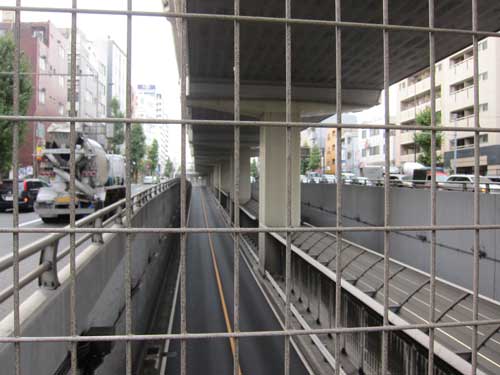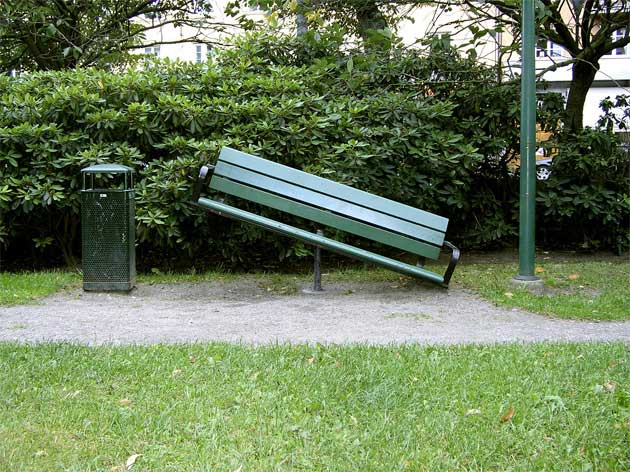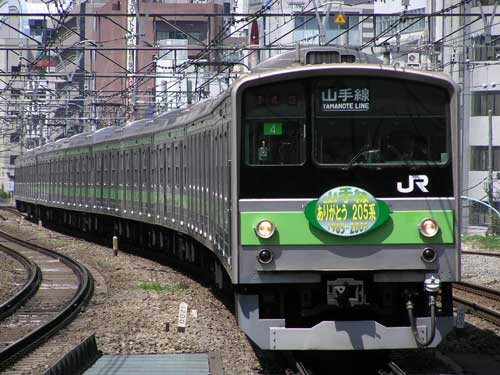
Is dead corridor the opposite of green corridor? What are the effects of urban highways?
死んでいるような交通ルートは緑の交通ルート『green corridor」の反対ですか?都市の高速道路はどんな影響をあたえるでしょうか?
Many landscape architects and urban biodiversity planners talk about the value of green corridors: places that provide wildlife shelter, that connect neighborhoods, integrate city and country, and mitigate the heat island effect. What should we call the multi-level roadways that are in many ways the opposite, that divide neighborhoods and reduce life? Dead corridors?
I took this photo on Linus Yng’s architecture bike tour; I think it’s near Sasazuka. It’s very close to the lovely remnant of the Tamagawa josui (玉川上水). I think the image makes an interesting contrast with the serenity of the train photos from yesterday’s post.

